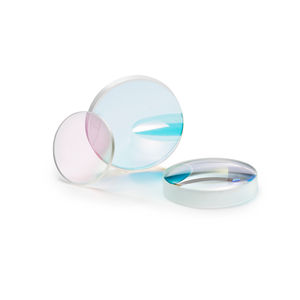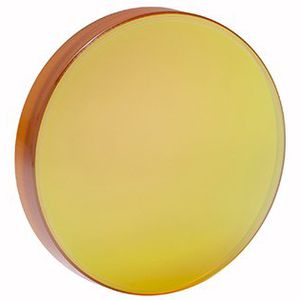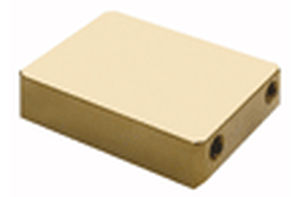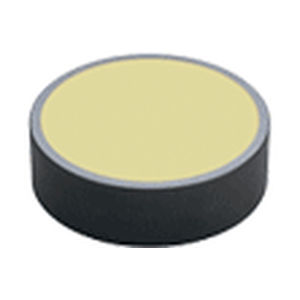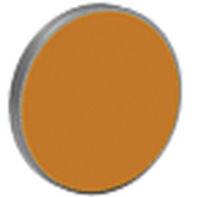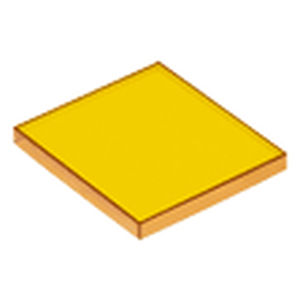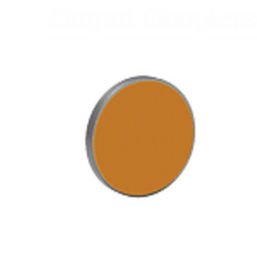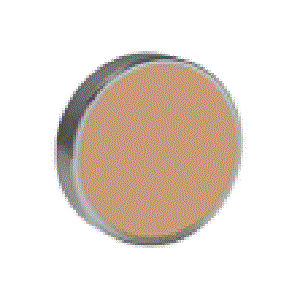
- Metrology - Laboratory
- Optical Component
- Meniscus lens element
- Ophir Optronics

- Products
- Catalogs
- News & Trends
- Exhibitions
Meniscus lens element Clear Magic™zinc selenidevisiblelaser

Add to favorites
Compare this product
Characteristics
- Geometry/curvature
- meniscus
- Material
- zinc selenide
- Optical characteristics
- visible
- Applications
- laser, optical, CO2 laser cutting, high-power
- Other characteristics
- focusing
Description
Absorption, Thermal Lensing, and Clear Magic
Dianne Devereaux-Michael, CO2 Sales Manager, Ophir Optics
During laser operation with several kilowatts, the focusing lens is heated because it absorbs a small portion of the laser power. The anti-reflection (AR) coating was developed for CO2 lenses many years ago when lasers were lower powered than they are now. They were the best coatings available for many years. Now, of course, the average laser machine is no longer 1K to 2.5K, but can be up to 5 or 6K or more. These equipment improvements required that new optical coatings be developed to handle the thermal demands of higher power.
Absorption takes place mainly in the AR coatings or because of dirt on the lens. A brand new, clean lens with standard AR coating typically has absorption of 0.2% of the incoming laser power. A CO2 laser lens, such as Ophir's Black Magic™, is a low absorption lens (lower than 0.15%). During use in a CO2 laser cutting machine, absorption rises gradually due to increasing amounts of dirt on the lower surface. When the lens needs to be replaced, absorption usually is in the range 0.3 to 0.4%. The best coating for a CO2 lens in the industry is Ophir’s Clear Magic™. This coating is guaranteed to be lower than 0.13% absorption
When a laser is cutting it creates heat, which causes additional surface curvature due to thermal expansion and increases the refractive index of the lens material (ZnSe). As a consequence of these effects, the lens focal length becomes shorter and the focus position cannot be predicted exactly because it depends on many parameters, like laser power, intervals laser on/off, cleanliness of lens, and others.
VIDEO
Catalogs
No catalogs are available for this product.
See all of Ophir Optronics‘s catalogsRelated Searches
- Camera lens
- Optical filter
- Spectrum lens element
- Optical window
- Colored optical filter
- Optical lens element
- Fixed-focus camera lens
- Visible lens element
- Round mirror
- Laser lens element
- Crystal lens element
- Silica lens element
- Zoom lens
- Spherical lens element
- Fused silica lens element
- Laser mirror
- IR lens
- Beamsplitter
- Polarizer
- Zoom camera lens
*Prices are pre-tax. They exclude delivery charges and customs duties and do not include additional charges for installation or activation options. Prices are indicative only and may vary by country, with changes to the cost of raw materials and exchange rates.

